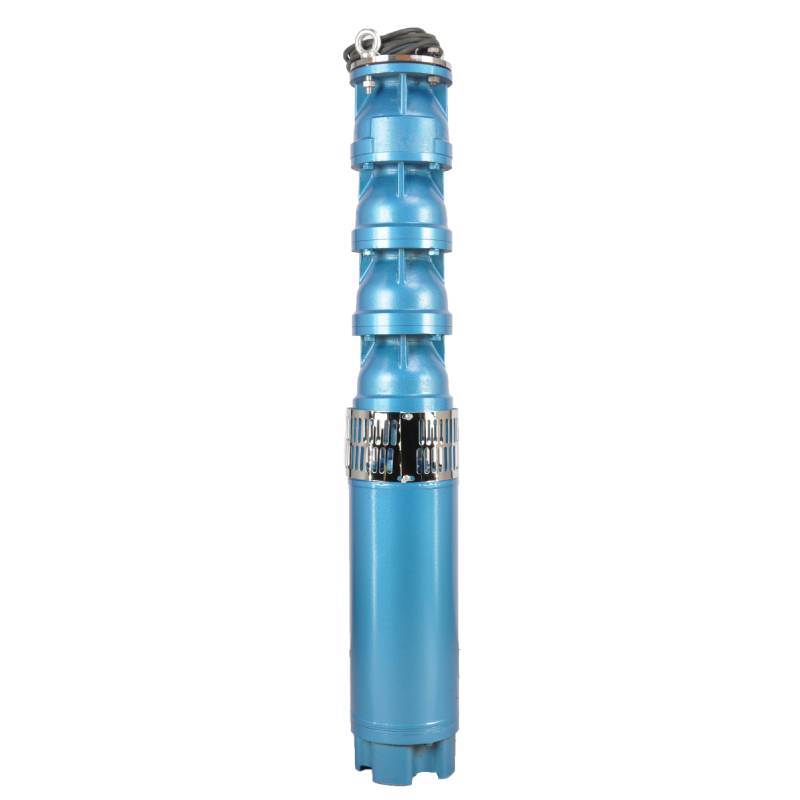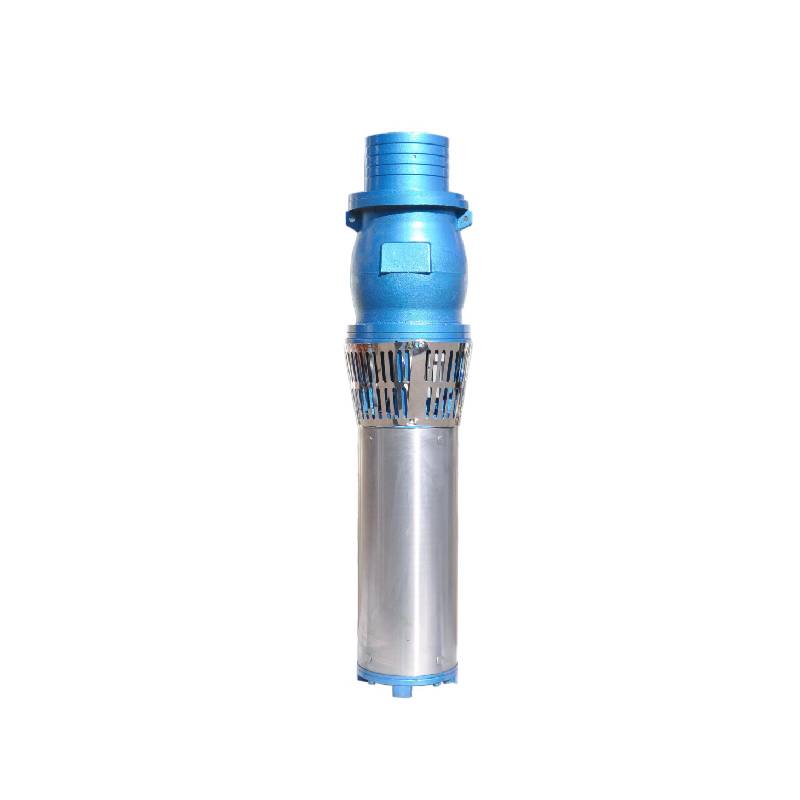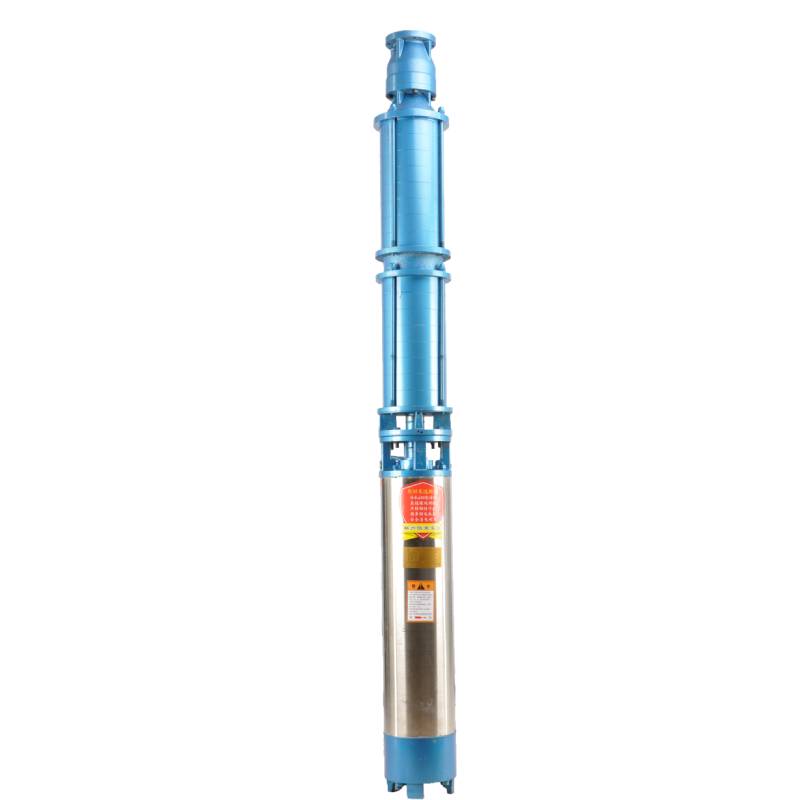8 月 . 12, 2024 07:28 Back to list
Understanding the Operational Mechanics of Deep Well Pumps and Their Functionality in Water Extraction
The Working Principle of Deep Well Pumps
Deep well pumps play a crucial role in extracting groundwater from substantial depths, providing essential resources for agriculture, municipal water supply, and industrial applications. Understanding their working principle is key to appreciating how they function effectively in accessing water trapped beneath the Earth’s surface.
Understanding the Components
A deep well pump typically consists of several key components, including the pump itself, a motor, a discharge head, and a submerged pump assembly. The submerged pump assembly, often located at the bottom of the well, is specifically designed to handle the high pressures encountered at greater depths. It usually comprises a series of impellers and diffusers, which work together to move water to the surface.
Mechanism of Action
The operation of a deep well pump is based on the principle of converting mechanical energy into hydraulic energy. The process begins with the motor, typically located above ground, which drives the pump. When the motor turns on, it powers a vertical shaft that extends down into the well to the submerged pump assembly.
As the motor spins the shaft, it activates the impellers within the pump. These impellers are specially crafted blades designed to impart velocity to the water. As the impellers rotate, they draw water in through the inlet and push it toward the surface by creating a centrifugal force. The fast rotation of the impellers generates a low-pressure area, allowing water to be drawn into the pump from the surrounding aquifer.
Once the water enters the pump, the impellers continue to accelerate it through a series of stages, each consisting of an impeller and a diffuser. The diffuser converts the high-velocity water emerging from the impeller into pressure. The collective action of multiple stages is essential, as it allows the pump to function efficiently at significant depths, overcoming the hydrostatic pressure exerted by the water column above.
deep well pump working principle

Types of Deep Well Pumps
There are two primary types of deep well pumps submersible pumps and vertical turbine pumps. Submersible pumps are entirely immersed in water and are typically used in deeper wells. They are highly efficient, as they eliminate the need for suction lift that surface pumps require, making them ideal for extracting water from depths ranging from a few hundred feet to over a thousand.
On the other hand, vertical turbine pumps, while also effective, are primarily utilized in shallower wells. These pumps feature a vertical shaft with a series of impellers situated above water, utilizing a vertical arrangement to lift water up to the discharge point.
Applications and Importance
The importance of deep well pumps cannot be overstated. In agricultural contexts, they secure the water supply needed for irrigation, especially in regions suffering from drought. Municipalities rely on them to provide potable water to communities, ensuring that residents have access to fresh water. Additionally, industries depend on these pumps for various manufacturing processes, making their role indispensable in modern society.
Conclusion
In summary, deep well pumps function through a carefully orchestrated process of mechanical energy conversion into hydraulic energy, driven by the efficient design of their components. By harnessing centrifugal force and pressure dynamics, these pumps effectively transport water from significant depths to meet diverse water needs. As water scarcity continues to be a pressing global issue, the relevance of deep well pumps and their operational principles remains crucial in sustaining water supply systems worldwide.
-
Your Guide to Deep Well Pumps
NewsOct.31,2024
-
Why Choose a Stainless Steel Deep Well Pump?
NewsOct.31,2024
-
Understanding Water-Filled Submersible Pumps
NewsOct.31,2024
-
Understanding SS Submersible Pumps
NewsOct.31,2024
-
Reliable Submersible Well Pumps for Your Water Supply Needs
NewsOct.31,2024
-
Choosing the Right Submersible Pump for Your Water Management Needs
NewsOct.31,2024
-
 Understanding Water-Filled Submersible PumpsWhen it comes to selecting the right pump for your water management needs, understanding the different types available is crucial.Detail
Understanding Water-Filled Submersible PumpsWhen it comes to selecting the right pump for your water management needs, understanding the different types available is crucial.Detail -
 Guide to Installing a Deep Well Submersible PumpWhen dealing with deep wells, a deep well submersible pump is often the most effective solution for extracting water from significant depths.Detail
Guide to Installing a Deep Well Submersible PumpWhen dealing with deep wells, a deep well submersible pump is often the most effective solution for extracting water from significant depths.Detail -
 Finding the Right Submersible PumpWhen seeking an efficient solution for pumping water from deep wells, sumps, or other applications, the submersible pump is a leading choice.Detail
Finding the Right Submersible PumpWhen seeking an efficient solution for pumping water from deep wells, sumps, or other applications, the submersible pump is a leading choice.Detail
